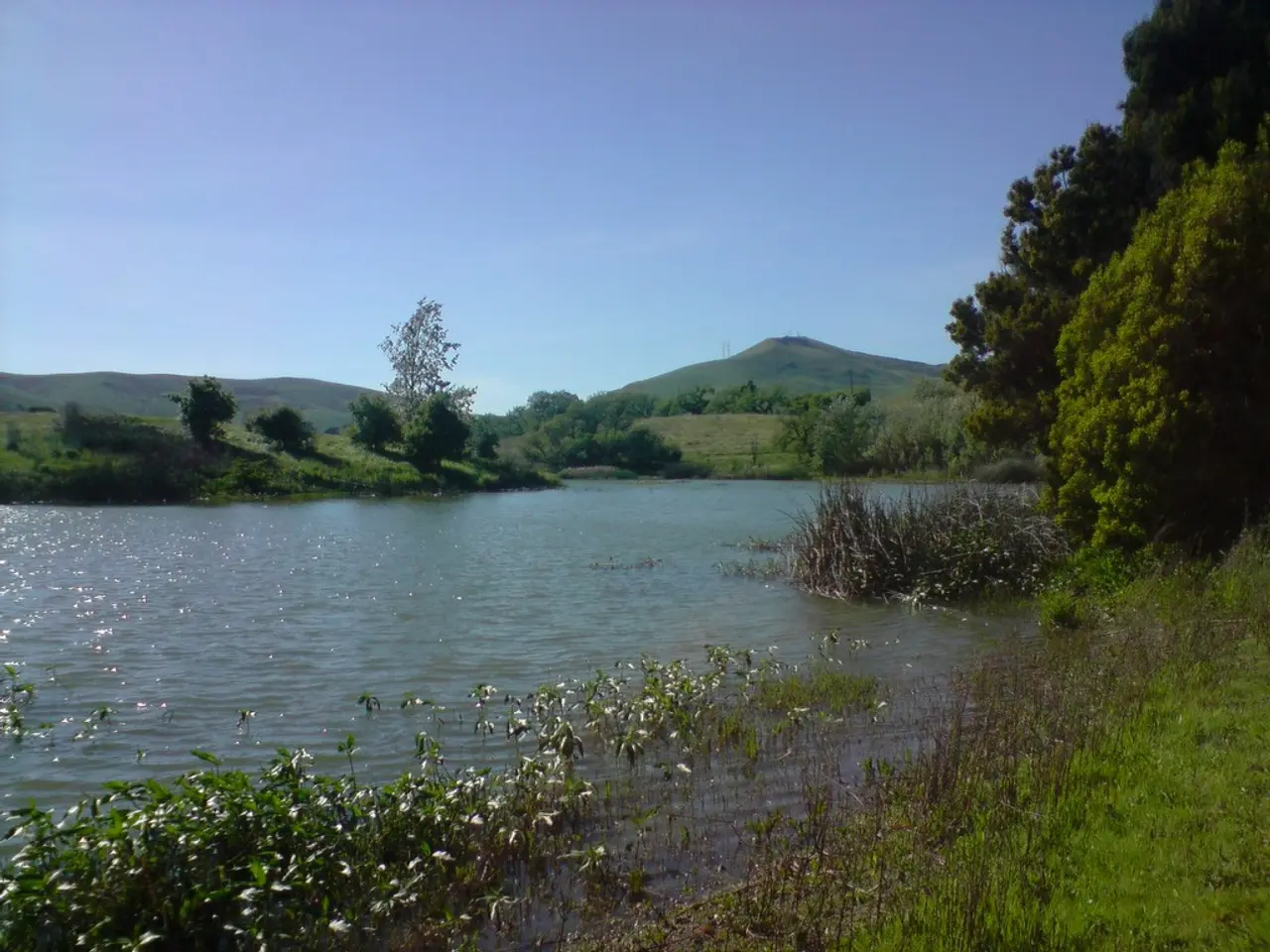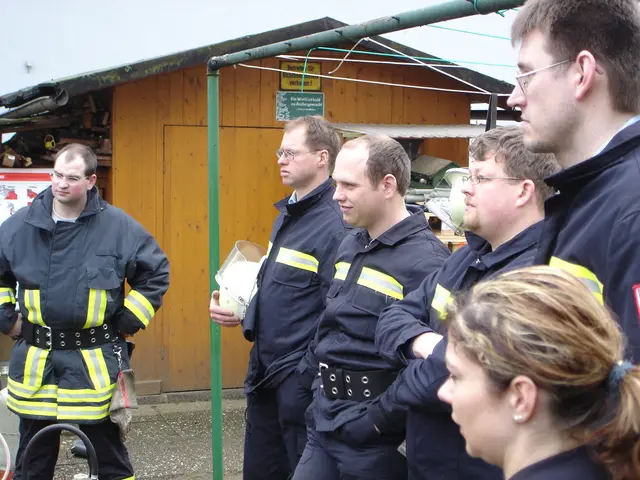Europe's rivers may serve as its initial barrier in combat against escalating climate change
In a significant shift in perspective, rivers are being reconsidered not just as waterways, but as vital sources of recreation, biodiversity, and flood management. This new approach is gaining traction across the globe, with numerous studies and initiatives highlighting the crucial role rivers play in carbon sequestration.
A recent study reveals that Europe's rivers are obstructed by over one million man-made barriers, hindering their natural flow and potential to absorb carbon. To address this issue, the EU Commission has set an ambitious goal as part of its Biodiversity Strategy 2030. The aim is to make rivers more free-flowing by removing barriers in all member states, targeting 25,000 km of European rivers by 2030.
The Biodiversity Strategy 2030 also aims to make European rivers "free flowing" and capable of sustaining ecosystems that store carbon. This initiative is backed by strong evidence from an international 2022 study, which shows that rivers and lakes in tropical regions with preserved forests sequester a tenth of the carbon in these locations.
The importance of rivers in carbon sequestration is further underscored by a study from the Woods Hole Oceanographic Institution. The lead author argues that river transport of carbon to the ocean is an important piece of the global carbon cycle. Hydroelectric plants, for instance, trap nearly 20 percent of the organic carbon moving from land to ocean via the world's rivers.
In the United States, a 2015 study suggests that floodplain soils could have large rates of carbon sequestration through sedimentation inputs, but there is uncertainty about the magnitude, sources, and fate of that carbon. A corroborating study in Nature magazine found strong evidence that restoration of floodplains can increase carbon sequestration.
Switzerland, a country known for its pristine rivers, has invested €56 billion in cleaning up and restoring its rivers. This clean-up has resulted in fish species such as perch, pike, and grayling becoming abundant again, and rivers serving as a means for city dwellers to bear higher temperatures.
The clean-up and restoration efforts in Switzerland include sewer systems, wastewater treatment plants, and other wastewater disposal facilities. The completion of Munich's Isar River floodplains ten years ago has led to carbon trapping, flood elimination, beach access for citizens, and increased biodiversity.
However, altering the hydrology of riverine ecosystems can reduce their ability to sequester carbon, as a 2020 Australian study found. The study emphasises the importance of rehabilitating wetlands to restore the natural process of wetland soil carbon sequestration and storage.
Amazonian lakes, in particular, are significant carbon sinks, trapping carbon dioxide at a rate nearly 40 percent higher than the rainforest itself. Freshwater rivers and streams transport or store more than 110 million tonnes of carbon each year, some of which is stored in the oceans they flow into, according to a 2015 US study.
In conclusion, rivers play a crucial role in carbon sequestration, and their preservation and restoration can significantly contribute to mitigating climate change. The EU's Biodiversity Strategy 2030, along with various studies and initiatives, underscores the importance of this approach and sets the stage for a more sustainable future.
Read also:
- Understanding Hemorrhagic Gastroenteritis: Key Facts
- Stopping Osteoporosis Treatment: Timeline Considerations
- Tobacco industry's suggested changes on a legislative modification are disregarded by health journalists
- Expanded Community Health Involvement by CK Birla Hospitals, Jaipur, Maintained Through Consistent Outreach Programs Across Rajasthan








